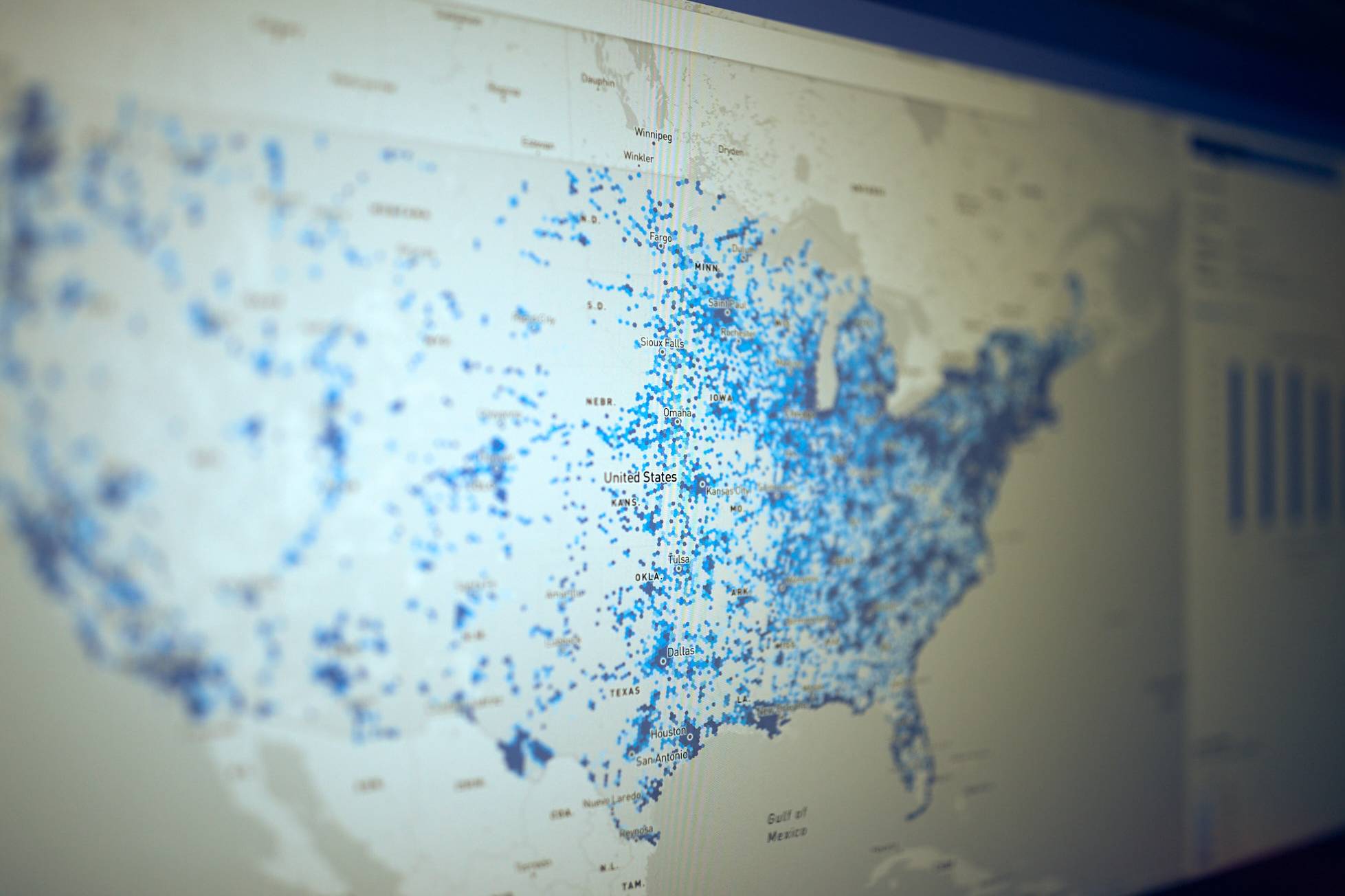
States need more accurate broadband data, Pew study shows
Before dispensing billions of dollars from federal programs, state broadband administrators need more accurate data to ensure infrastructure is built where it’s needed most, according to a study published Tuesday by The Pew Charitable Trusts. The study found that state broadband polices, and the federal broadband data they rely on, don’t effectively pinpoint coverage gaps to achieve universal internet access.
The report identified four major issues with federal broadband data: it’s limited, unreliable, has inconsistent broadband definitions and has inconsistent mechanisms for tracking progress across the states. Pew urges the creation of new, national datasets that include information on broadband pricing, quality, consumers’ digital skills and other markers of broadband access.
The work is especially relevant ahead as states prepare to collectively receive $42.45 billion through the Broadband Equity, Access, and Deployment, or BEAD, program over the coming years.
Current broadband access data, the study said, are informed by data collected by the Census Bureau, the National Telecommunications and Information Administration, the Department of Agriculture and the Federal Communications Commission. The FCC’s data was initially met with intense debates about its accuracy.
Issues with the breadth and depth of federal broadband datasets, the report said, have left current broadband policies “poorly equipped to target funding, identify existing gaps, and evaluate different approaches to achieving universal access despite federal investments in data collection.” The data is limited by the geographic and household data used to determines network quality, and if available internet speeds meet standards set by federal programs.
The study claims there is a shortage of household-level data about broadband access and adoption, highlighting questions of its reliability.
“Federal data relies heavily on information from internet service providers (ISPs), leading to concerns in the literature that data on broadband availability and network performance may be affected by bias and lack of transparency,” the study reads. “Also, federal data tends not to include price, making it difficult to assess how much broadband service costs and how affordable it is for customers throughout the country.”
The study shows that inconsistent definitions across agencies can lead to confusion about broadband-related concepts, such as speed thresholds.
Researchers also found inconsistency in data related to impact assessments on broadband pricing and affordability across the country, which makes it difficult to track how broadband access improves individual experiences in areas such as economic growth, health care, education and civic life — or even how affordability is established.
Over the last decade, the federal government has poured significant funding into broadband expansion. The report cites a 2022 Government Accountability Office report, which detailed more than 100 broadband programs across 15 federal agencies, totaling $44 billion from 2015 to 2020. BEAD and additional programs funded by the Infrastructure Investment and Jobs Act of 2021 are expected to deliver an additional $65 billion for broadband by 2030. (Though the IIJA’s Digital Equity Act, which was intended to boost broadband programs by addressing gaps in local digital skills, was canceled by the Trump administration last May.)
“Researchers and policymakers have made good use of federal data on broadband deployment and access,” the report concludes. “Evaluations of the data over the years have provided insight into program design and its effect on the public. However, shortcomings in federal data suggest that more could be done at the federal level to equip implementation and evaluation efforts. By providing the tools needed to evaluate the relationship between connectivity and socioeconomic outcomes, policymakers could build broader consensus across government and industry on the importance of sustained investments in broadband.”

